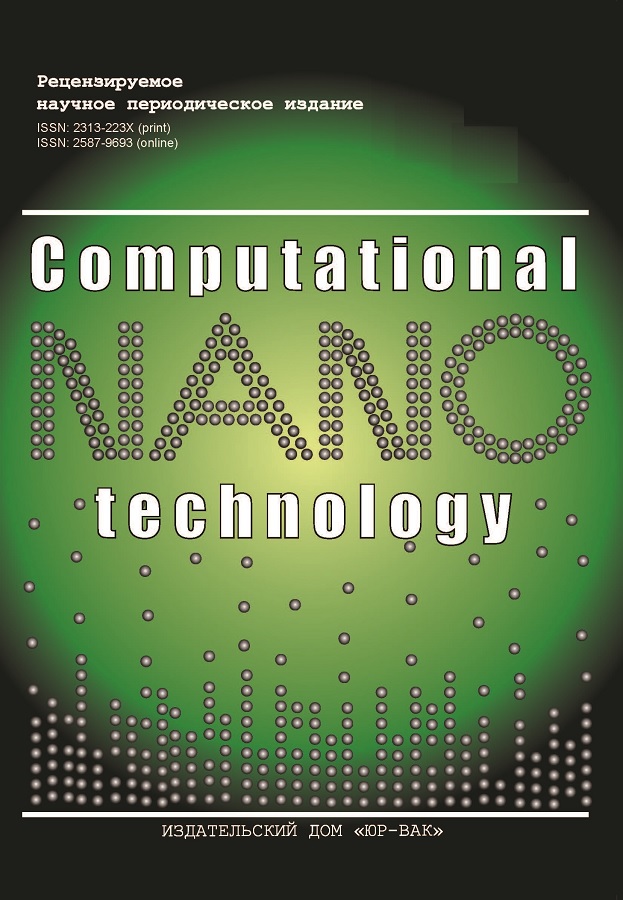Computational nanotechnology
Quarterly peer-review journal.
About
“Computational nanotechnology” journal publishes peer-reviewed scientific research works on mathematical modeling of processes while creating nanostructured materials and devices. The development of nanoelectronics devices, nanoprocesses needs to involve quantum computing allowing prediction of the structure of matter.Work on nanoprocesses requires the development of quantum computers with a fundamentally new architecture.
The journal publishes peer-reviewed scientific articles on the following scientific specialties:
- Computer Science
- Artificial intelligence and machine learning
- Mathematical modeling, numerical methods and complex programs
- Theoretical informatics, cybernetics
- Cybersecurity
- Information Technology and Telecommunication
- System analysis, management and information processing
- Elements of Computing Systems
- Automation of manufacturing and technological processes
- Management in organizational systems
- Mathematical and software of computеrs, complexes and computer networks
- Information security
- Computer modeling and design automation systems
- Informatics and Information Processing
- Nanotechnology and nanomaterials
Indexing
- Russian Science Citation Index (RSCI)
- East View Information Services
- Ulrichsweb Global Periodicals Directory
- Google Scholar
- Dimensions
- CrossRef
- MathNet
VAK of Russia
In accordance with the decision of the Presidium of the Higher Attestation Commission of the Ministry of Education and Science of Russia dated 29.05.2017, the journal «Computational Nanotechnology» is included in the List of leading peer‐reviewed scientific journals and publications in which the main scientific results of dissertations for the degree of candidate and doctor of sciences should be published.
Subject heading list
- Atomistic Simulations - Algorithms and Methods
- Quantum and Molecular Computing, and Quantum Simulations
- Bioinformatics, nanomedicine and the creation of new drugs and their delivery to the necessary areas of neurons
- Development of the architecture of quantum computers based on new principles, creating new quantum programming
- Development of new energy units based on renewable kinds of energy
- Problems of synthesis of nanostructured materials to create new ultra-compact schemes for supercomputers
- Peculiarities of the development of devices based on nanostructured materials
- Development of functional nanomaterials based on nanoparticles and polymer nanostructures
- Multiscale modeling for information control and processing
- Information systems of development of functional nanomaterials






